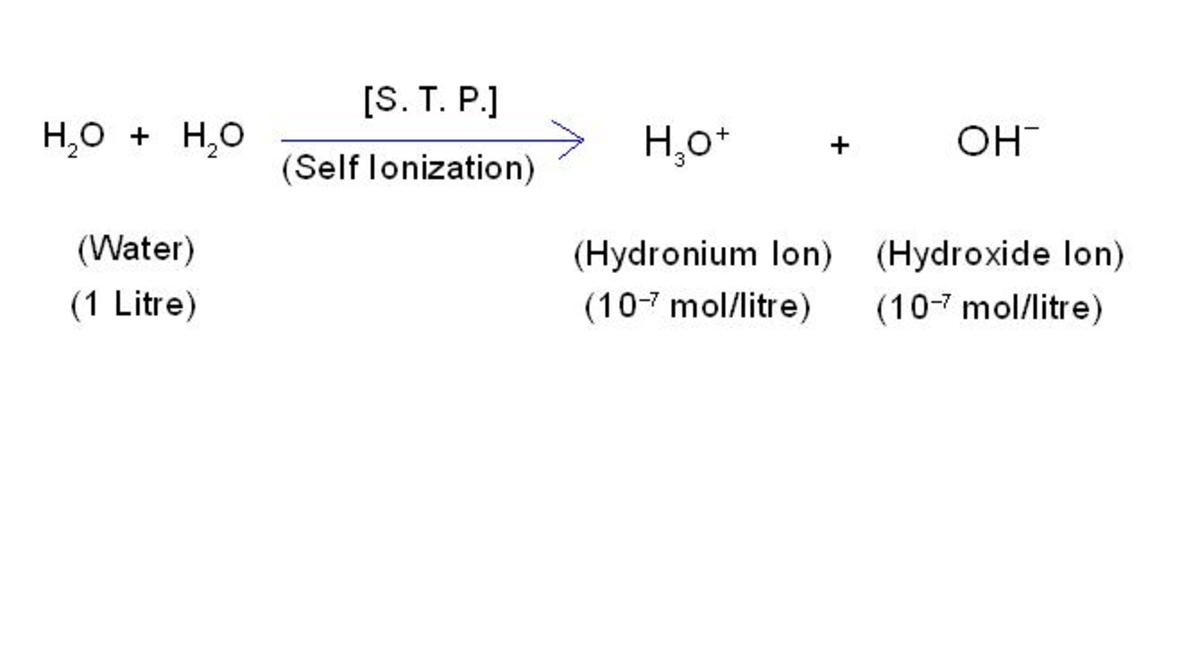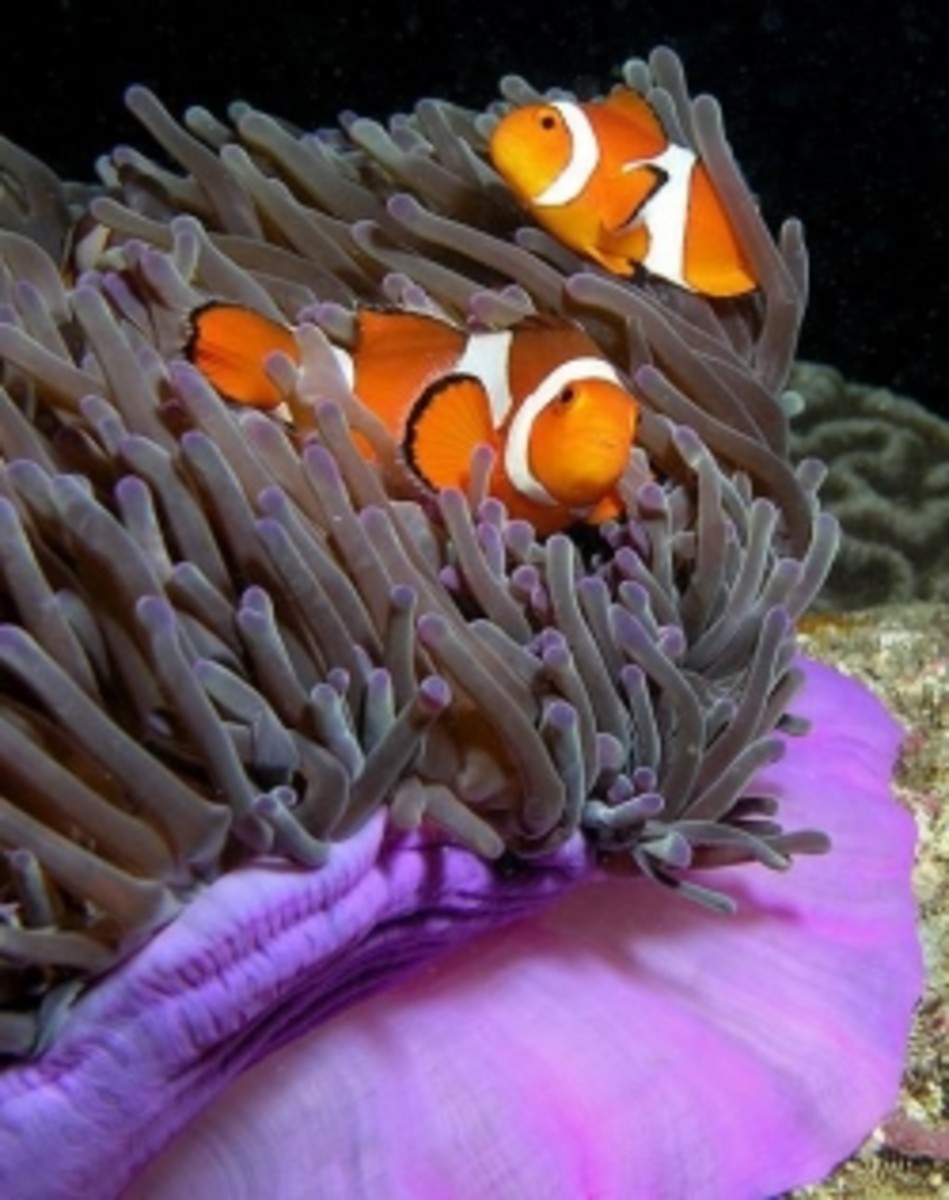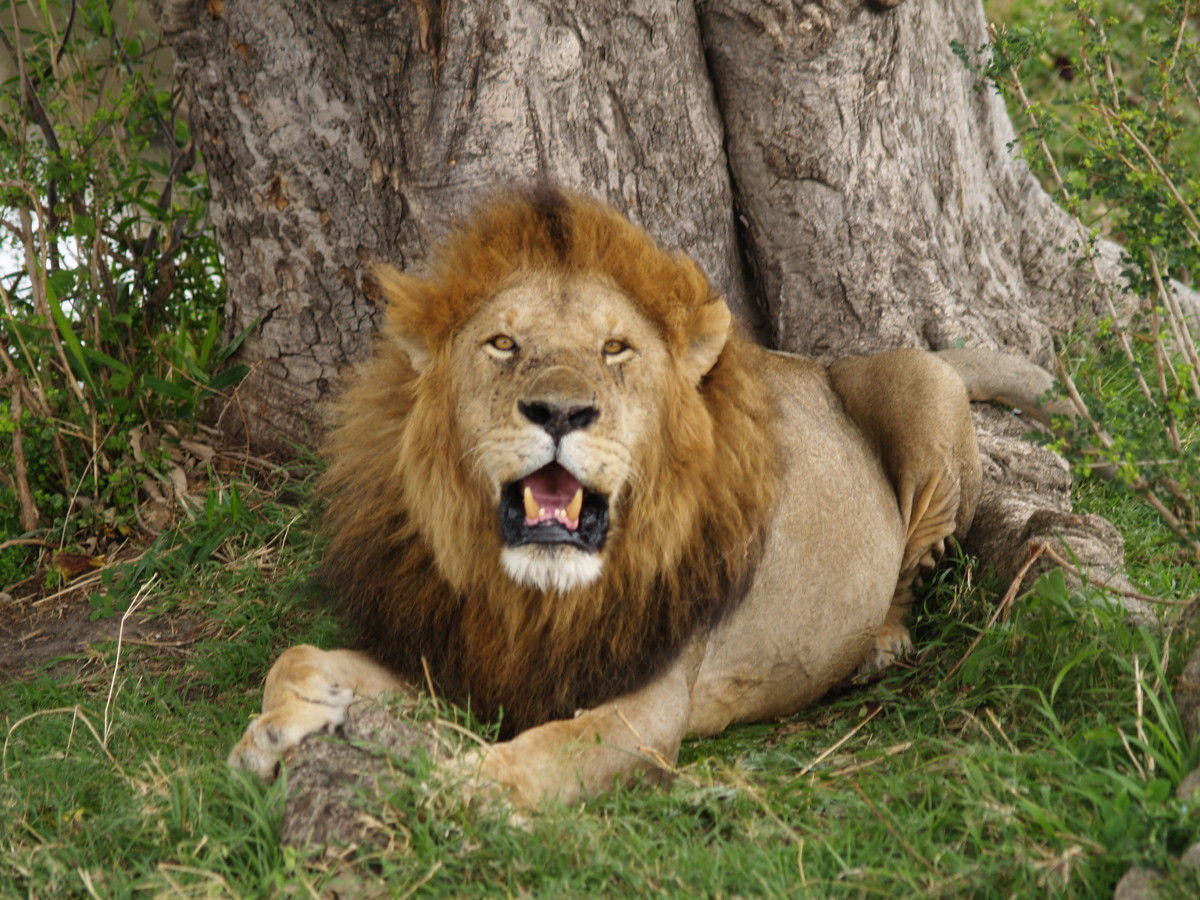The Nature of Change, Part 3
Inside-out
In my experience, learning curves are never gradual or smooth. Instead, they seem to traverse long static plateaus, punctuated by occasional breakthroughs to a higher level of understanding, achievement, or ability. For me it’s been that way with getting in shape to perform athletically, with learning to play an instrument, and in learning new songs. It seems to be that way in overcoming addiction to alcohol as well.
It’s been nearly a month since I stopped drinking. Or, practically stopped: I have had three beers, each on separate occasions right after a bar gig. I can allow myself that, I think, although I’m not a hundred percent confident. By not creating a hard and fast rule, a behavioral wall, I ride a razor’s edge.
But I am getting stronger. And my temperance this time around seems a bit easier than it was in previous interludes. Maybe those wagon rides were temperance training sessions.
The thing I need to do is to not drink. It would seem an easy proposition, but it’s not. Not drinking, for me, is very much like exercise—a habit that is hard to develop. It’s so much easier to succumb to the comfort zone of habitual laziness, a zone that grows more and more seductive as the years roll by.
But practice makes, if not perfect, at least a new zone of relative comfort. Abstaining has become a bit easier one month in.
The hardest times are those when I’m around it, in party situations with friends who like to drink. It’s not peer pressure, per se. It’s just the reminder of what I’m missing, something I’m not as acutely reminded of at home, safely removed from the cues.
So, the thing to do as much as possible is to stay safe at home and continue practicing. The seed has been planted; I just need to nurture its growth, and have faith in the developmental process.
Outside-in
Change of any kind requires an infusion of energy, meaning that something somewhere gets burned. Think of the most rudimentary manifestation of change: acceleration (or deceleration). Given Newton’s conservative law of momentum, application of an external force is needed to change an object’s velocity. Energy flow is needed to produce such force. Gasoline is burned whenever you push your car’s accelerator.
Change at a somewhat higher level of complexity is manifested by chemical reactions. In high school chemistry we learn that the net result of a spontaneous chemical reaction is to release energy: molecules are re-arranged into more stable, less energetically constrained configurations. Entropy increases. However, to get the chemicals to react requires an initial infusion of ‘activation energy’. In chemistry lab you heat mixtures of chemicals. In your car’s engine, the mixture of gasoline and air doesn’t burn unless you give it a spark.
Activation energy is required to overcome the energy barrier imposed by transitional instability. Each of the end points of a chemical reaction—points A and B—is a relatively stable configuration, a status quo of sorts. Getting from point A to point B requires passage through a configuration that is less stable than either end point, the transition state. A spark can be all that is required: if the energy released by the reaction leading from point A to point B suffices as activation energy for subsequent reactions along the same trajectory, you get a destructive chain reaction, a fiery explosion. Which, of course, is irreversible—the One Law (i.e., the Second Law of Thermodynamics) ensures that you can’t get a constructive chain reaction leading from point B to point A. Otherwise oil would be a renewable resource.
The One Law is often invoked by sophists to argue that life could not have originated naturally. It is impossible, they say, because life is highly ordered (‘irreducibly complex’), whereas the One Law only produces disorder: death and destruction. Therefore life must have been created by a supernatural being. It must have been ‘intelligently designed’. This argument ignores the big picture, the reality of space and time, and the nature of energy flow in systems that are far from thermodynamic equilibrium. The One Law only requires a net increase in entropy, and the system that we are dealing with occupies the entire planet, from its earliest beginnings, in a solar system that is nowhere near equilibrated. The solar and geochemical energy sources for this system are virtually limitless, providing for plenty of order amidst a net increase in disorder. And despite its presentation in textbooks and the arguments of sophists, anyone who is intimately familiar with life through study or experience knows how messy it really is. And in many ways, how poorly designed (just ask any woman who has given birth).
In invoking the One Law the sophists raise a good point however, one that evolutionary science has not adequately addressed, leaving itself vulnerable to attack. The problem is that conventional evolutionary biology has become entrenched in the Darwinian mindset, which holds competition to be the primary agency of change. This agency only comes to dominate when resources become limiting: competition is a servant of the One Law. By itself, it cannot give rise to life from non-life. Darwin himself saw this limit, and said as much in his magnum opus. From this vantage point, creationistic arguments appear to have some validity.
Fortunately, one need not grant competition ontological primacy. There is no rational basis for doing so, beyond assumption. Although competition is an undeniable fact of life, so is mutuality. And mutuality (and its correlate, cooperation) might as easily be assumed to be nature’s principle driving ‘force’: the ultimate creator, the source of even the One Law’s servant competition. (In other words: God is Love.)
Although lots of things occur at random, many things that happen are contingent upon something else happening; that is, one thing leads to another. And often the chain of contingency comes full circle, becoming self-sustaining, creating a system. Such mutuality is the basis for autocatalytic cycles, which in turn are the basis for both growth and development. It occurs throughout nature: in biology, in chemistry, and in physics. Gravity and electromagnetic attraction are its physical manifestations. Unlike competition, mutuality affords for the natural origin of life.
Mutuality is obvious in ecology. In the long run, the organisms that live in an ecosystem benefit themselves only to the extent that they benefit others. Excessively selfish organisms—those that take but don’t give back—are doomed. They may succeed competitively in the short term, but eventually their lifeline runs out, and they become extinct. Of course, by the time they do they may have caused the extinction of many of their cohorts as well.
Mutuality is also abundantly manifest in physiology and biochemsitry, which are highly developed ecologies of cells and molecules, respectively. In physiology, cells, organs, and tissues carry out tasks that function to benefit the whole organism, keeping it healthy. Sometimes such mutualistic activity entails the ultimate sacrifice, as when sick or infected cells commit suicide so as not to do harm to their host, or when groups of cells commit suicide during ontogeny of an organism. On the other hand, disease results from disruption of normal physiology (pathophysiology). Sometimes this occurs when a cell, tissue, or organ becomes more ‘self-centered’, enhancing its competitive edge while losing its mutualistic place in the whole, as in cancer. Like excessively self-centered organisms in an ecosystem, cancers are quite successful in the short term, but doomed in the long term.
Biochemistry, the chemical ecology within cells, is defined by networks of mutualistic interactions. It is often claimed that the defining attribute of life is self-replication. Cells and organisms reproduce themselves very precisely, a phenomenon that to our knowledge is not found outside of biology. At the core of this amazingly predictable trajectory of change is DNA, a molecule that exists solely for the purpose of recording and transmitting information. The structure of DNA—a double helix comprised of two strands of linearly encoded information, each a mirror image of the other—provides a mechanism for it conservative replication. But DNA does not replicate itself. [Nor for that matter does its cousin RNA, which not only encodes linear information (like DNA) that can be replicated, but also has the ability to catalyze chemical reactions. Nonetheless, despite heroic efforts in the lab, no one has been able to get complex RNA ‘ribozymes’ to reproduce themselves.]
DNA only replicates by virtue of the complex autocatalytic cycles that comprise cellular physiology. Dawkins’ ‘selfish gene’ is a myth, one that leads to a conceptual wall that still thwarts evolutionary biologists, providing ammunition for creationistic sophistry. The wall is not insurmountable however; it only seems so from the reductionistic, Darwinian vantage point of conventional biological wisdom, with its focus on competition to the exclusion of mutuality.
During the early history of the earth there was very little oxygen. Such ‘reducing’ conditions would have been thermodynamically conducive to chemical ecologies with the capacity, owing to mutuality, to produce complex macromolecules, including nucleic acids such as RNA and DNA. In the beginning, such macromolecules would simply exist as byproducts. Some of them, catalytic RNAs for example, would have characteristics that benefited the cycle. Through such mutualistic incorporation of information carrying molecules, the cycle would acquire the capacity to reproduce.
Of course, the resources would inevitably become limiting, and competition among chemical ecologies would increase. Those that were made more efficient through enzymatic catalysis, and which could reproduce themselves through information transfer, would be more competitive. At that point, Darwinian evolution by Natural Selection comes into play.
I don’t pretend to have solved the mystery of life’s origins. There is a lot of work to do on that one. But it is an imminently tractable scientific problem that does not require recourse to superstition or anything beyond nature. It does require that we re-evaluate the assumptions that underlie conventional scientific wisdom, which does not give mutuality the credit it is due as a creative agency in nature.
A key advantage gained by granting mutuality ontological primacy over competition is that development becomes the context for evolution, rather than the other way around. Change in any system is then viewed as occurring along a developmental trajectory that traverses a predictable sequence of stages, from immaturity, through maturity, into senescence.
I find it ironic that the words describing states of development—immature, mature, senescent—are used colloquially as adjectives in many contexts, both in common speech and in technical literature, while the developmental process to which they implicitly refer is seldom discussed, even amongst biologists. Developmental biologists may be an exception, but they tend to think of development in very narrow terms, as something special that only applies to embryos and organisms. But in reality (as far as I can tell) everything that exists develops, and participates in the development of systems that exist at a higher level. Evolution is driven by development, and could not occur without it.
‘Immature’ refers to a state of being that is full of potential for growth and development. Immature systems are, in essence, proto-systems, harboring a diverse array of processes that, through mutuality, form incipient autocatalytic cycles. Immaturity is associated with unpredictability and an abundance of energy, which provide a creative reservoir of potential for development along a plethora of alternative trajectories. Which trajectory becomes actualized depends upon choices made along the way, choices that can be heavily biased by history (even to the extent of being genetically programmed), but which are also influenced (or made) by the environment and capricious happenstance.
‘Mature’ refers to a state of being fully developed, wherein the potential for becoming something has been actualized. Mature systems generally are recognized by things that they efficiently and predictably accomplish; or said another way, by the energy flows that they enable. Although much of the energy flowing through a mature system is used to accomplish things, some of it is used for continued growth leading to development along a variety of trajectories, while the remainder is used simply for self-maintenance.
‘Senescent’ refers to the final stage of development, the state of being overdeveloped. Most of the energy flowing through a senescent system is used for self-maintenance; being channeled through the complex array of networks that have developed to maturity within the system over time, there is little to spare for further growth. Nor is further development possible, because that depends on potential that no longer exists, the reservoirs of unpredictability (i.e., novelty) having been sacrificed, at first to increase, and ultimately simply to maintain, efficiency in the face of the diminishing returns imposed by the One Law. Senescent systems are fragile, too brittle to mount a facile response to the perpetual change that continues unabated around and within them. Lacking the energy needed to adapt, they inevitably become overwhelmed and collapse; for organisms, that means death.
Gould and Elldredge showed that, in contrast to the gradual change envisioned by Darwin, biological evolution occurs as a succession of long periods of stasis punctuated by relatively rapid bursts of change, a pattern referred to as ‘punctuated equilibrium’. Such a pattern is a hallmark of developmental trajectories, which remain immature for only a short while before entering relatively long stages of maturity and ultimately senescence. Compared to immature systems, mature and senescent systems appear static, unchanging.
Senescence is generally associated with its negative connotation (as is its successor, death), but it does have a positive aspect: it creates opportunity for the developmental emergence of something new. Immature systems need a relatively stable environment within which to grow and develop; otherwise they are swept away, nipped in the bud as it were. Senescence provides the requisite stability, and at the same time, little fight. It is a condition ripe with the creative seeds of change.








